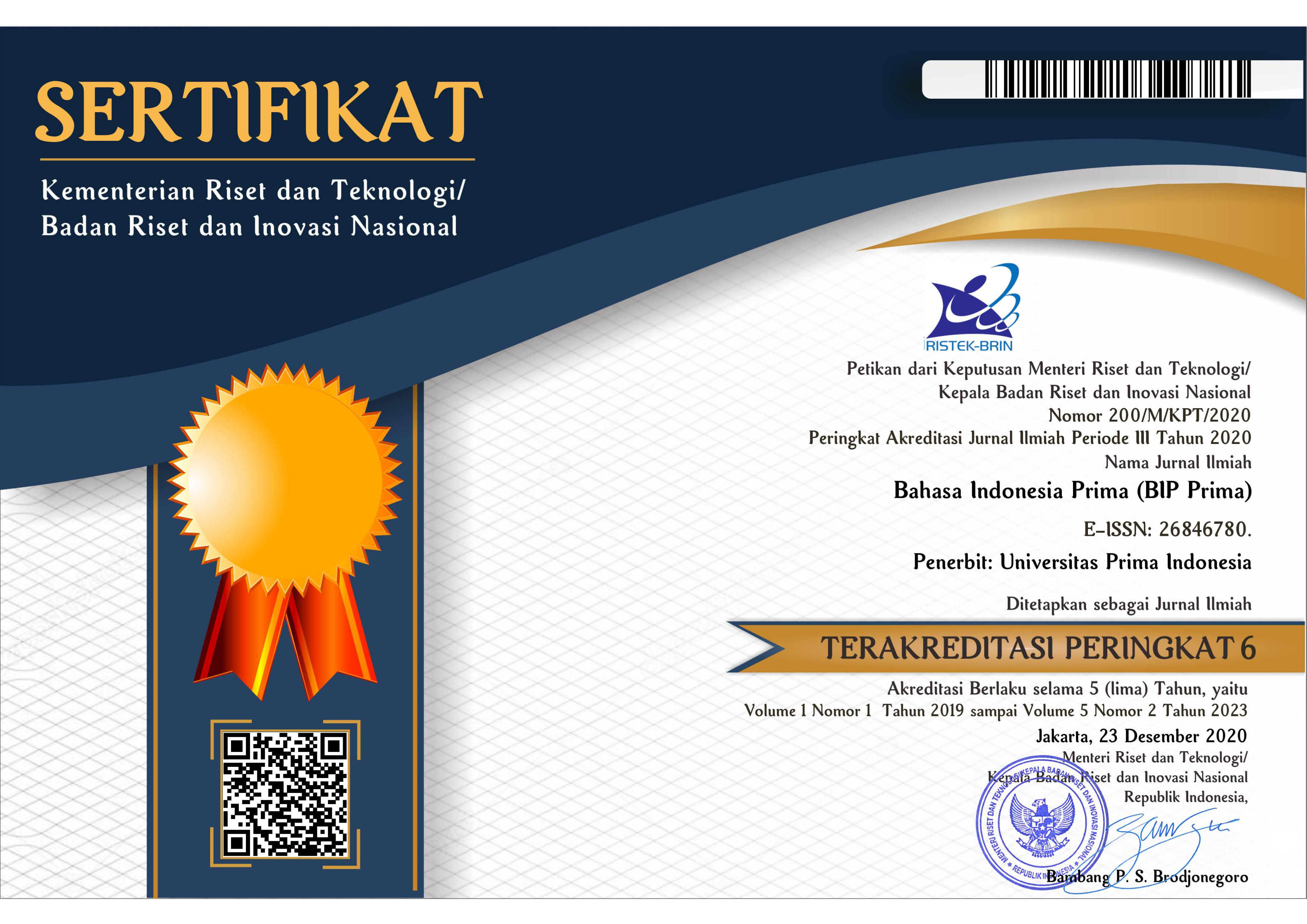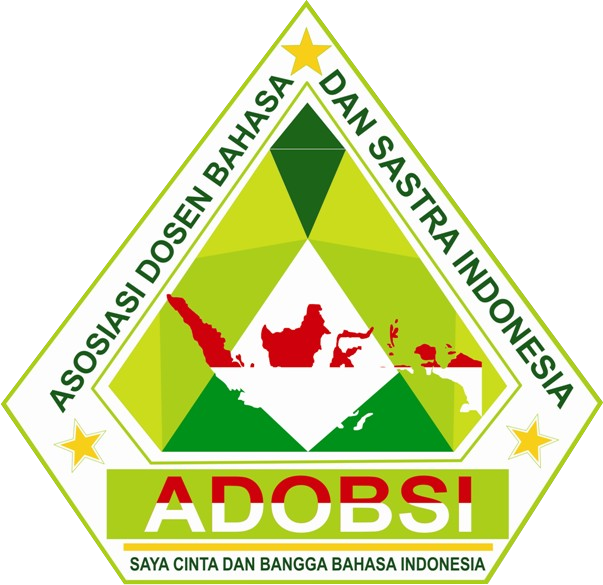BAHASA DAN KEKUASAAN: ANALISIS KRITIS TERHADAP DOMINASI BAHASA DALAM MASYARAKAT
DOI:
https://doi.org/10.34012/bip.v6i1.4700Keywords:
Critical Analysis, Language Domination, SocietyAbstract
It critically analyzes the relationship between language and power in the context of language dominance in society. This research explores how language becomes an important tool to reinforce power structures, regulate power relations between individuals and groups, and influence the construction of social identities. Using a critical approach, this research outlines how the selective use of language by dominant groups can suppress and marginalize minority groups, causing inequality in access to resources and opportunities. Historical, political, and social factors in the formation of power structures through language are also analyzed in depth. In addition, the abstract considers the ethical and political implications of language dominance in society, as well as efforts to break this dominance through multilingual advocacy, recognition of linguistic diversity, and promotion of linguistic equality. This research provides a deep insight into how language is not only a tool of communication but also a tool of power that significantly impacts the formation of inclusive or exclusive social structures.
References
Fridani, L., & Dhieni, N. (2014). Hak i k at Pe r k e m b angan Bahasa An ak. Universitas Terbuka.
Hendrastuti, R. (2016). VARIASI PENGGUNAAN BAHASA PADA RUANG PUBLIK DI KOTA SURAKARTA (The Language Uses Variation at Surakarta Public Space). https://api.semanticscholar.org/CorpusID:113446683
Istiani, N., & Islamy, A. (2020). Fikih Media Sosial Di Indonesia. Asy Syar’Iyyah: Jurnal Ilmu Syari’Ah Dan Perbankan Islam, 5(2), 202–225. https://doi.org/10.32923/asy.v5i2.1586
Kurniati, L., & Izhar. (2015). Bahasa Ibu Dalam Pembelajaran Anak Di Sekolah. Jurnal Pesona, 1(1), 1–14.
Kusmiarti, R., Yuniati, I., & Noermanzah. (2020). Improving student communication skills in learning indonesian language through collaborative learning. International Journal of Scientific and Technology Research, 9(1), 207–211.
Mardikantoro, H. B., & Maretta, Y. A. (2016). Language shift of Javanese and its impacts on the transformation of samin community. Man in India, 96(11), 4393–4406.
Puspitasari, A. (2017). Menumbuhkan Bahasa Indonesia Yang Baik Dan Benar Dalam Pendidikan Dan Pengajaran. Tamaddun, 16(2), 81–87. https://doi.org/10.33096/tamaddun.v16i2.55
Rani Gustiasari, D. (2018). ISSN (e) : 2527±564X / ISSN (p) 2621-0746 Website Journal : http://www.ejournal-academia.org/index.php/renaissance PENGARUH PERKEMBANGAN ZAMAN TERHADAP PERGESERAN TATA BAHASA INDONESIA; STUDI KASUS PADA PENGGUNA INSTAGRAM TAHUN 2018. 3(02), 433–442. http://www.ejournal-academia.org/index.php/renaissance
Subandi, & Mustofa, A. (2019). Ideological and Hegemonic Implicatures of Japanese Male Registers Used by Japanese Young Women Speakers: Gender Based Analysis and Its Implication in Pedagogical Domain. 277(Steach 2018), 92–97. https://doi.org/10.2991/steach-18.2019.21
Tarigan, R. (2018). Peranan Bahasa Indonesia Dalam Era Globalisasi. Nizhamiyah, VIII(2), 68–77.
Watie, E. D. S. (2016). Komunikasi dan Media Sosial (Communications and Social Media). Jurnal The Messenger, 3(2), 69. https://doi.org/10.26623/themessenger.v3i2.270
Downloads
Published
How to Cite
Issue
Section
License
Copyright (c) 2024 Kamaruzzaman -, Iche -

This work is licensed under a Creative Commons Attribution-ShareAlike 4.0 International License.

BIP: Jurnal Bahasa Indonesia Prima is licensed under a Creative Commons Attribution-Share Alike 4.0 International License.













